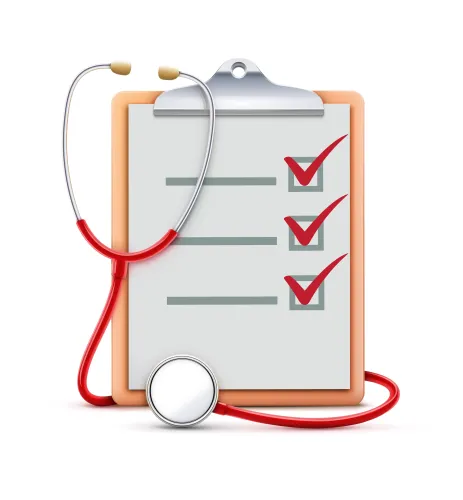Understand How to Count Exam Element Obtained Through a Scope

Question: When reviewing my physician’s notes, how should I count exam elements when they are obtained through a scope, such as 31231 or 31575? Do those elements support the E/M and the scope or just one or the other? I always thought the elements collected via the scope support the procedure only.
Alabama Subscriber
Answer: If you are reporting an E/M service (99201-99215, Office or other outpatient visit ...) with modifier 25 (Significant, separately identifiable evaluation and management service by the same physician or other qualified health care professional on the same day of the procedure or other service) and reporting the scope separately, do not include the endoscopy finding in the exam section of the E/M service. The E/M service must be separately identifiable from the scope procedure.
When the ENT uses the same flexible scope to view the nasal passages, nasopharynx and/or the larynx, making the correct code choice is difficult. The standard answer is that you code the scope that goes the farthest (because you have to pass the other organs on the way) and what scope is dictated based on the diagnosis medical necessity.
For example, if the ENT examines the larynx with a flexible scope, the correct code is 31575 (Laryngoscopy, flexible fiberoptic; diagnostic) even if the examiner inspected the nasal cavity and nasopharynx on the way down. If the examiner finds a problem further down than he had initially planned to examine, reconsider the code choice. For instance, if the ENT intends to perform a nasal endoscopy (31231, Nasal endoscopy, diagnostic, unilateral or bilateral [separate procedure]) and then sees a nasopharyngeal mass that prompts him to pass the scope to the nasopharynx, 92511 (Nasopharyngoscopy with endoscope [separate procedure]) is the correct code.
Finally, look at the patient’s chief complaint and why the ENT chose to do an endoscopy. The diagnosis must support the procedure. For example if the patient has chronic sinusitis, 31231 would be correct; if the patient has suspected postnasal drip, 31575 would be correct.
Note: ENTs often get caught up trying to code 31575 when they are checking the terminal end of the tubes in the nasopharynx. If the diagnosis is eustachian tube dysfunction (381.81), there is no necessity to examine all the way to the larynx. Stopping at the nasopharynx, (92511) is what supports this diagnosis, and sometimes that is even met with a denial and requires appeal.

